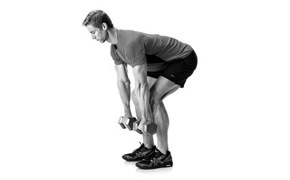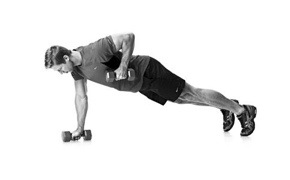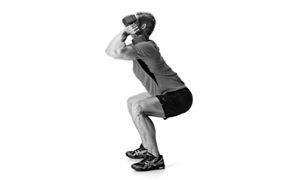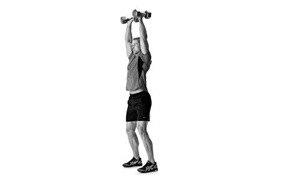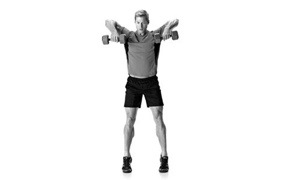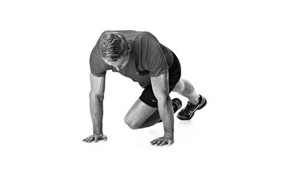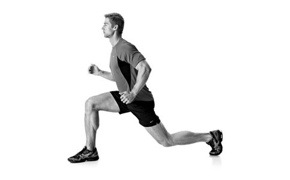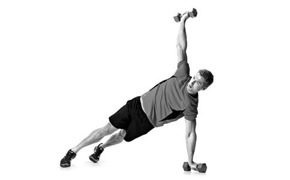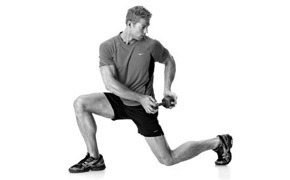Alpha Brainwaves provide the optimum learning state for the brain.
Ten things every teacher and student should know about Alpha Brainwaves
and
Ten Easy ways to achieve the best mental state for learning
Research has found that the ideal state for learning is when the brain is in a relaxed, but aware state.
So when we say relaxed, we do not mean asleep. We mean relaxed, focussed and aware.
At this point the brainwaves run at about 8 to 12 cycles per seconds or hertz.
This is called the alpha state.
This compares with the ‘normal’ state of 13-25 hertz which is called the beta state. The beta state is that of most of our waking moments as we go about our daily lives.
At the other end of the spectrum we find, just below the alpha level, the theta state which is even slower than alpha, and an even deeper sense of relaxation.
It is however more difficult to achieve, and really requires one to have the ability to meditate deeply.
It is a highly creative state.
Slower still is the state of sleep which is the
delta state.
10 Easy Ways to achieve the Alpha State
It can be achieved in a number of ways and most of us achieve it at some during most days. A typical time may be just before one goes to sleep, or as one wakes.
At this time the mind is clear, receptive to information, and rapidly makes ‘connections’, realisations and joins up thoughts.
Many an ‘AHA!’ or ‘EUREKA’ moment comes at these times.
This was no doubt the state that Archimedes was in a good relaxed state when he launched himself out of the bath and down the street in his birthday suit.
The state is also great for releasing stress.
#1 Alpha Technique – Classical Superlearning Music, (Baroque) for optimum accelerated learning
Researchers have found that certain music types ease the brainwaves into the relaxed ‘alpha state’ that is ideal for Superlearning.
A number of sources provide such recordings which can be great for providing the background for a more effective learning session.
Has your software got it inbuilt?
One form of this superlearning music is the largo movements of certain Baroque composers. The largo movements are around 40 to 60 beats per minute.
The 200 Words a Day excelerated language learning courses, include such Baroque Superlearning music as part of the programmes.
One can simply select this ‘optilearning’ or ‘superlearning’ music by clicking that selection on the Options menu to have one of a choice of Baroque classics playing in the background, while one learns French, German or Spanish vocabulary.
#2 – Meditation
Meditation is a great way to get to an alpha state.
There are many types of meditation methods including the famed ‘Transcendental Meditation’.
#3 Alpha Brainwaves Technique – Yoga
Certain relaxing yoga styles can be affective way to get into the relaxed optilearning state.
#4 Relaxation & Super Learning via Floatation in a Float Tank ( Isolation Tank )
One of the most rapid, and effective methods for getting in to an alpha state is through the use of a floatation tank.
Floating has been done for centuries in the waters of places such as the Dead Sea.
But the modern floating phenomema was discovered by Dr Lilly who was experimenting with sensory deprivation. Rather than sending him insane, (as was the thinking at the time) floating in a dark environment led him in to a deeply relaxed, meditative state.
There are many commercial float centres worldwide where you can float for 40 to 60 minutes and drift in to a deeply relaxed state, perfect for superlearning languages, or any subject.
The float tank is like a very large bath, with a cover. Water comes up to about 50 centimetres and it has about 600 kilograms of Epsom Salts dissolved in it. The salts make the water very dense, so that whole body floats unaided, and without the need to flap or kick.
Stress just melts away, and in float tanks with speakers fitted they can be used to pipe music or learning material into while you float in a relaxed, meditative state. The physical relaxation on the body is also wonderfully de-stressing for the body.
#5 The Jose Silva Method as a tool for Superlearning
Jose Silva developed a method of dynamic meditation which is effective at getting the user in to an alpha state.
#6 Relaxation through Breathing
Rythmnic breathing in a relaxed posture and a peaceful environment is important for getting to the alpha state.
Rythmnic breathing techniques are taught by many eastern relaxation disciplines. Yoga, aikido, tai-chi to name a few.
Language learning is enhanced when students are ‘fed’ new information in regularly timed ‘shots’ of information. The 200 Words a Day incorporates such a system, giving the student the option to have the ‘Excelearning’ mode selected.
In this mode, words and ‘Memory Triggers’ and sent out in timed bursts during which the student is prompted to breathe in, hold the breathe, and then breathe out.
The breathing prompts clear the mind, and allow the student to focus and concentrate on the material being learned.
#7 Rapid-Alpha using Light and Sound Machines – Brainwave Synchronizers
In the 1930’s scientists found that strobes tend to cause brainwaves to follow the frequency pattern of the light. They also found that brainwaves follow the pulse of rhythmic sound.
For centuries man has beaten drums around the fireplace to achieve a deeply meditative, hypnotic trance-like state… so there’s nothing new there!
Technology has enabled us to harness the two at accurate pulse-rates to effortlessly achieve brainwave synchronization.
How do Brainwave Synchronizers work?
There are a number of light and sound machines available which help one get to an alpha state.
Most have a thing that looks like a pair of large sunglasses into which lights are flashed at different frequencies. Different coloured light bulbs allow the machine to vary the colours and patterns can be varied by varying the inputs between the left and right eye.
You lie on a bed with the ‘glasses’ on and close your eyes. Switch on for ‘instant meditation’.
At the same time you can put on a headset through which rhythmic sounds are sent. The combination puts you into a deeply relaxed state, providing of course you have chosen such a setting.
The Headphones part of Brainwave Synchronizers
Researchers have found that if you put regularly pulsing sound at the one frequency in one ear, and sound at another frequency in the other ear, your brain will pulse at a frequency equal to the difference between the two frequencies.
…so if you put sound of 100 cycles per second (hertz) in the left ear and 110 hertz in the right ear, your brainwaves will pulse at 10 hertz …. ALPHA!
Of course by combining light and sound, at selected frequency you will understand how easily and effortlessly you can achieve the alpha state with a Brainwave Synchronizer.
More information on Brainwave Synchronizers
For more detailed information and a great range of high quality products check out one of the market leaders Photosonix .
#8 Alpha Technique – Biofeedback
Biofeedback is a system of training one’s body to respond to various mental commands. There are now a number of machines that can help you with this.
#9 – Autogenics
Another form of biofeedback.
#10 – Alpha Technique – Before sleep
One naturally enters the alpha state as one falls asleep, and when one slowly and naturally wakes up.
The blast of the alarm clock will shatter through theta-delta-alpha and to beta.
How does one harness this ‘alpha state’ on waking. Simple.
As you awaken, just lie there and consciously direct your thoughts to the learning material you are covering, or the topics that you need to address.
This is particularly easy when you have no pressure to get out of bed, say on a weekend.
Use a non-alarm type alarm clock. Use one of those that just wakes you up gently, for example like with quiet music that very slowly builds up
That’s Why You Need an iPhone << ( Personal Comment ) 😀
Sent from Fabian's iPhone


